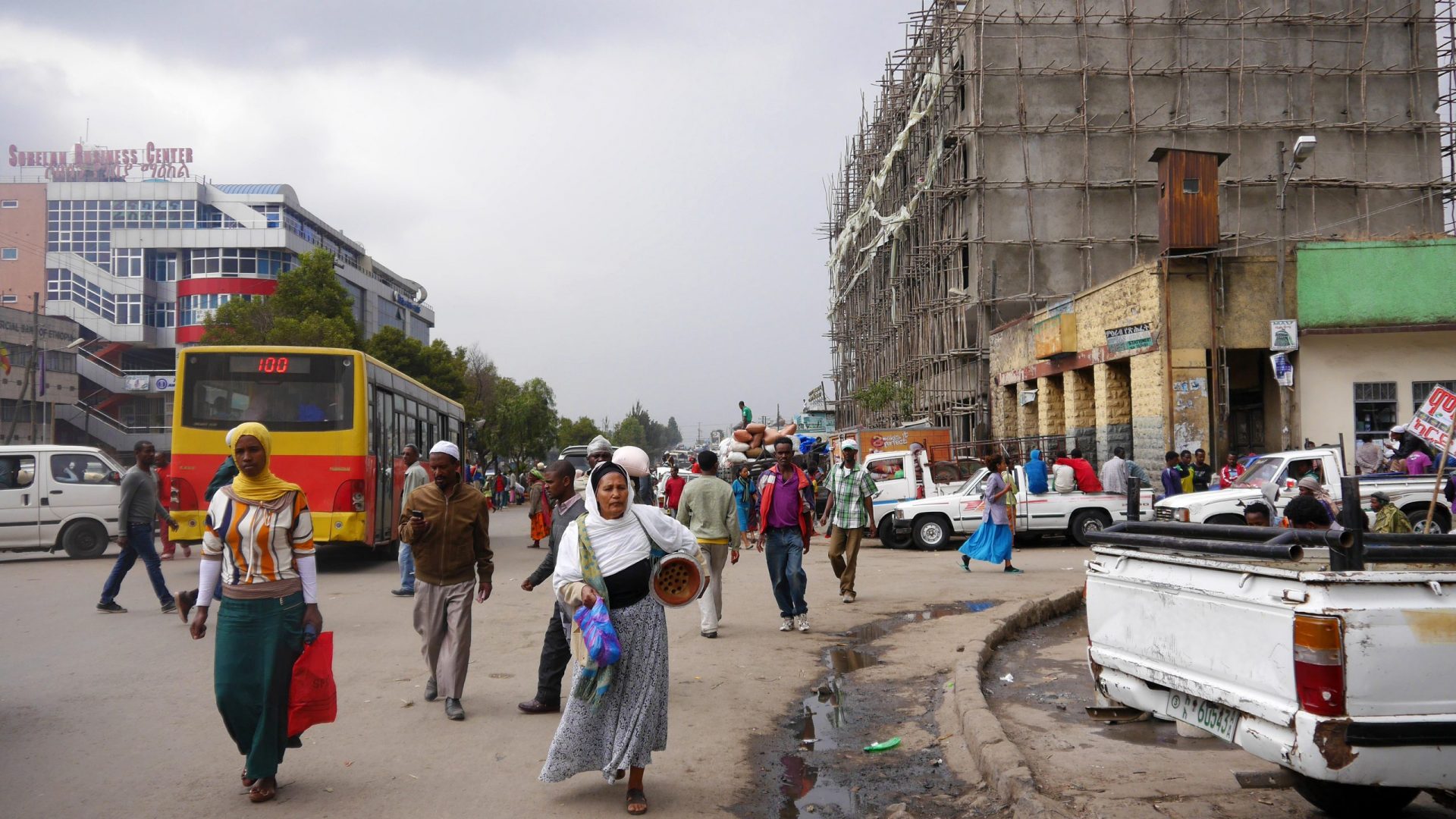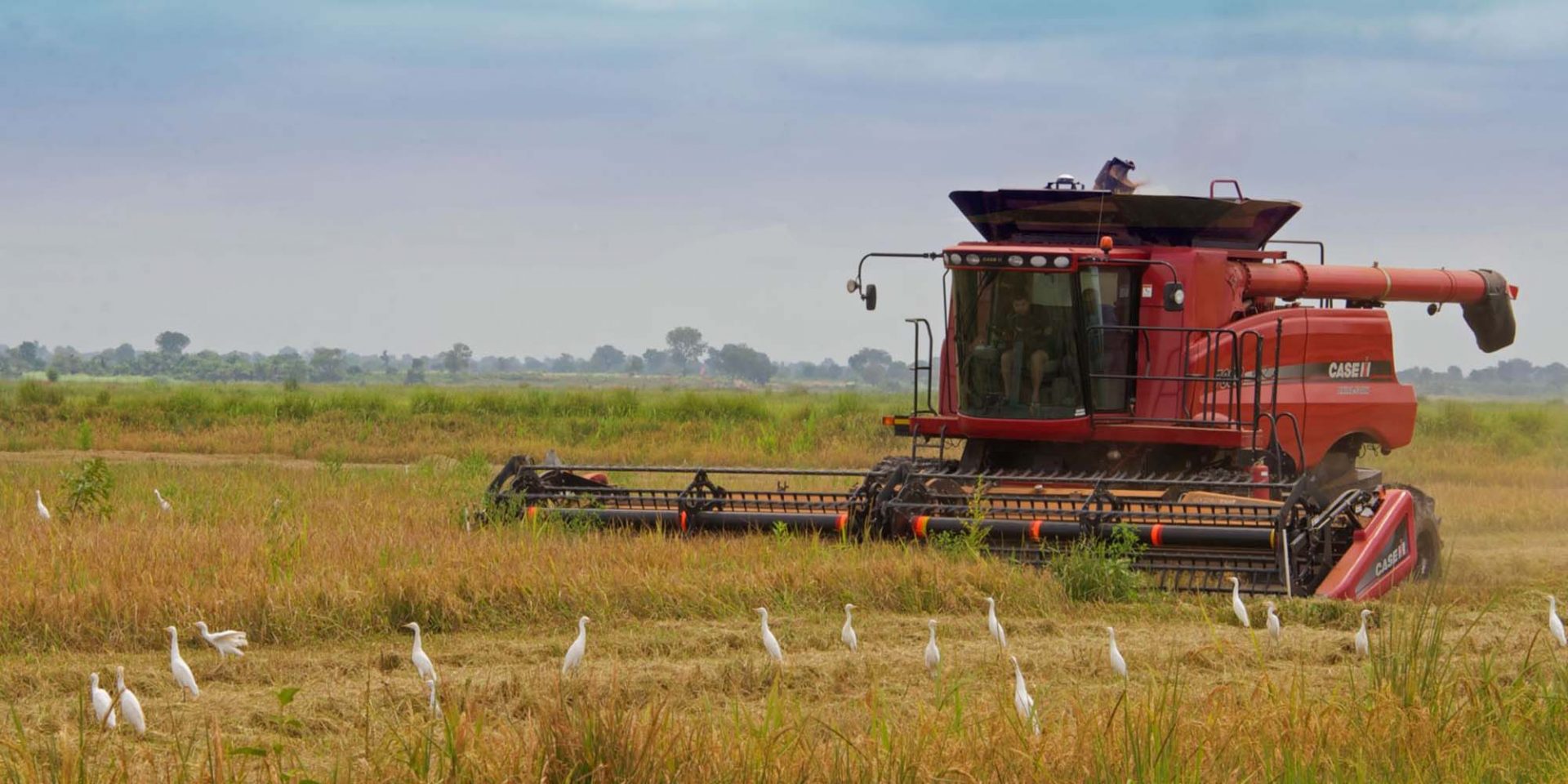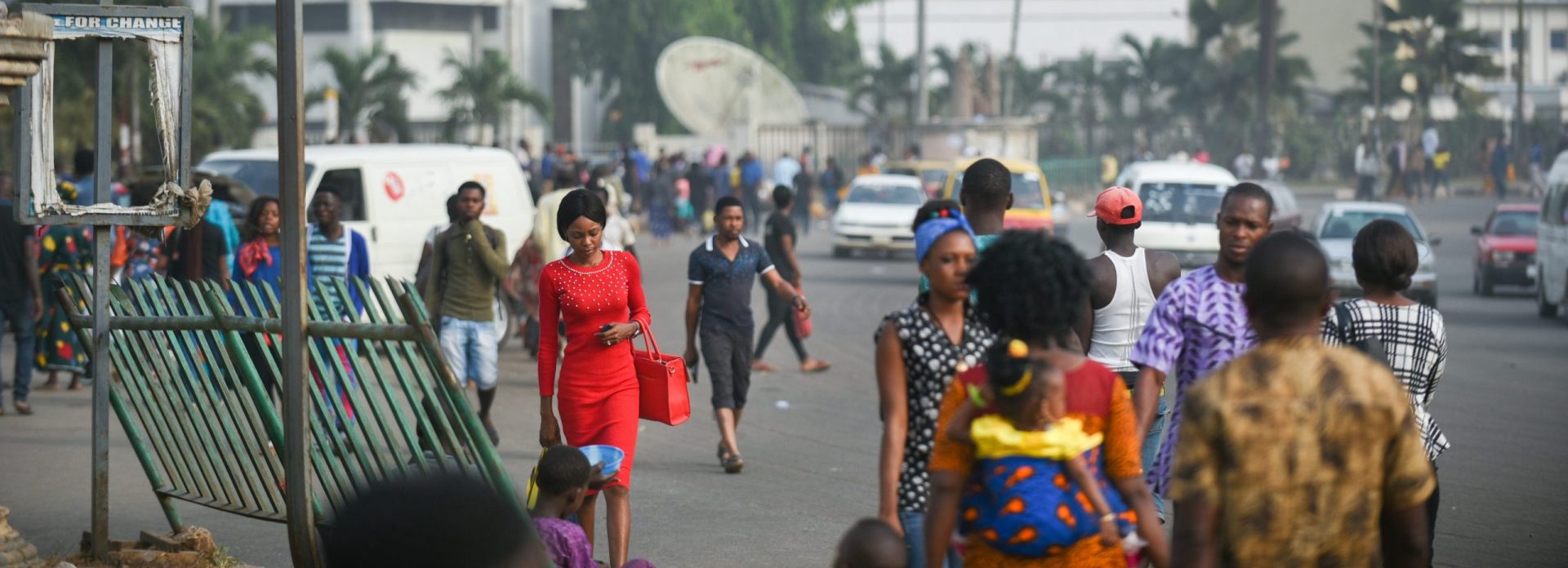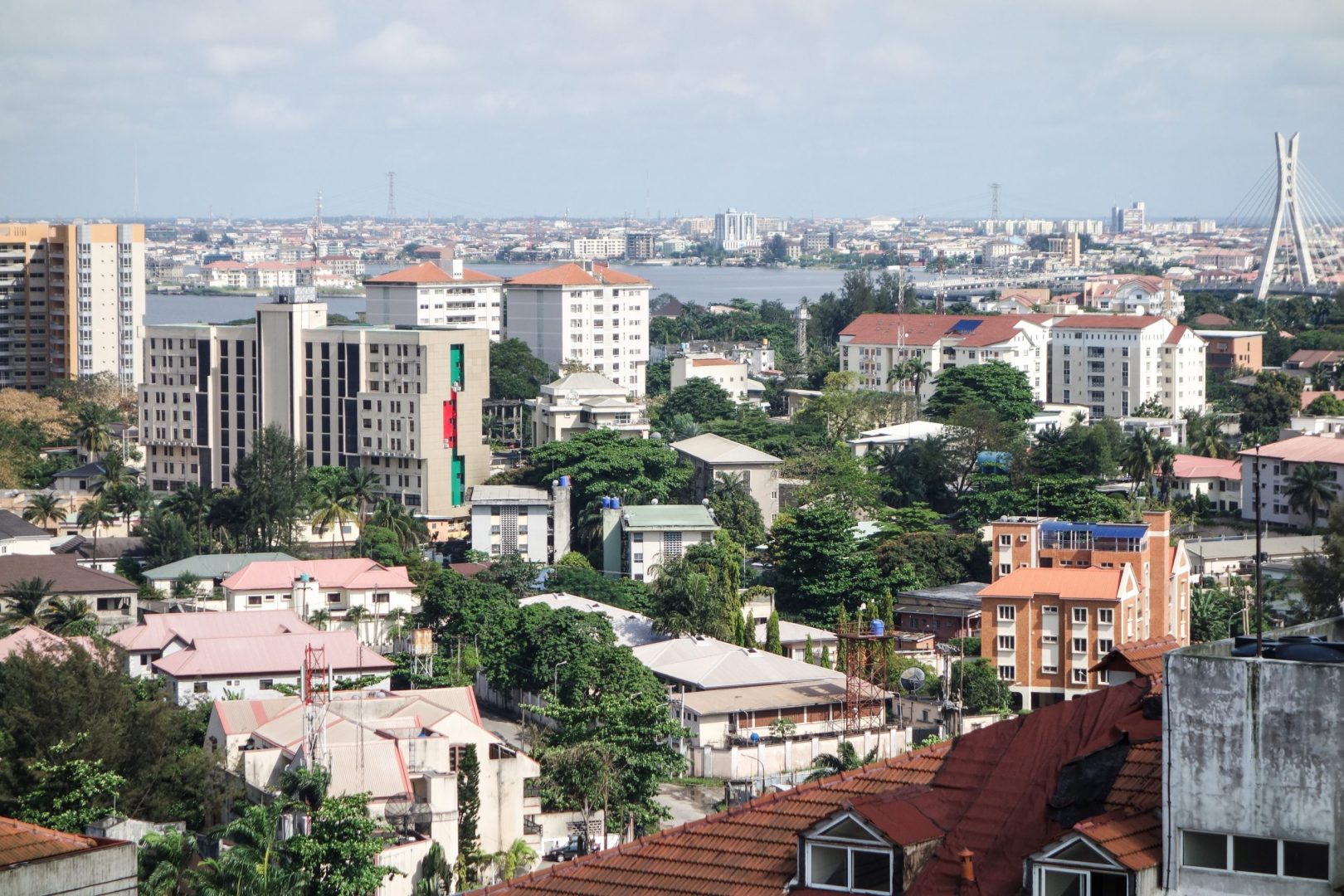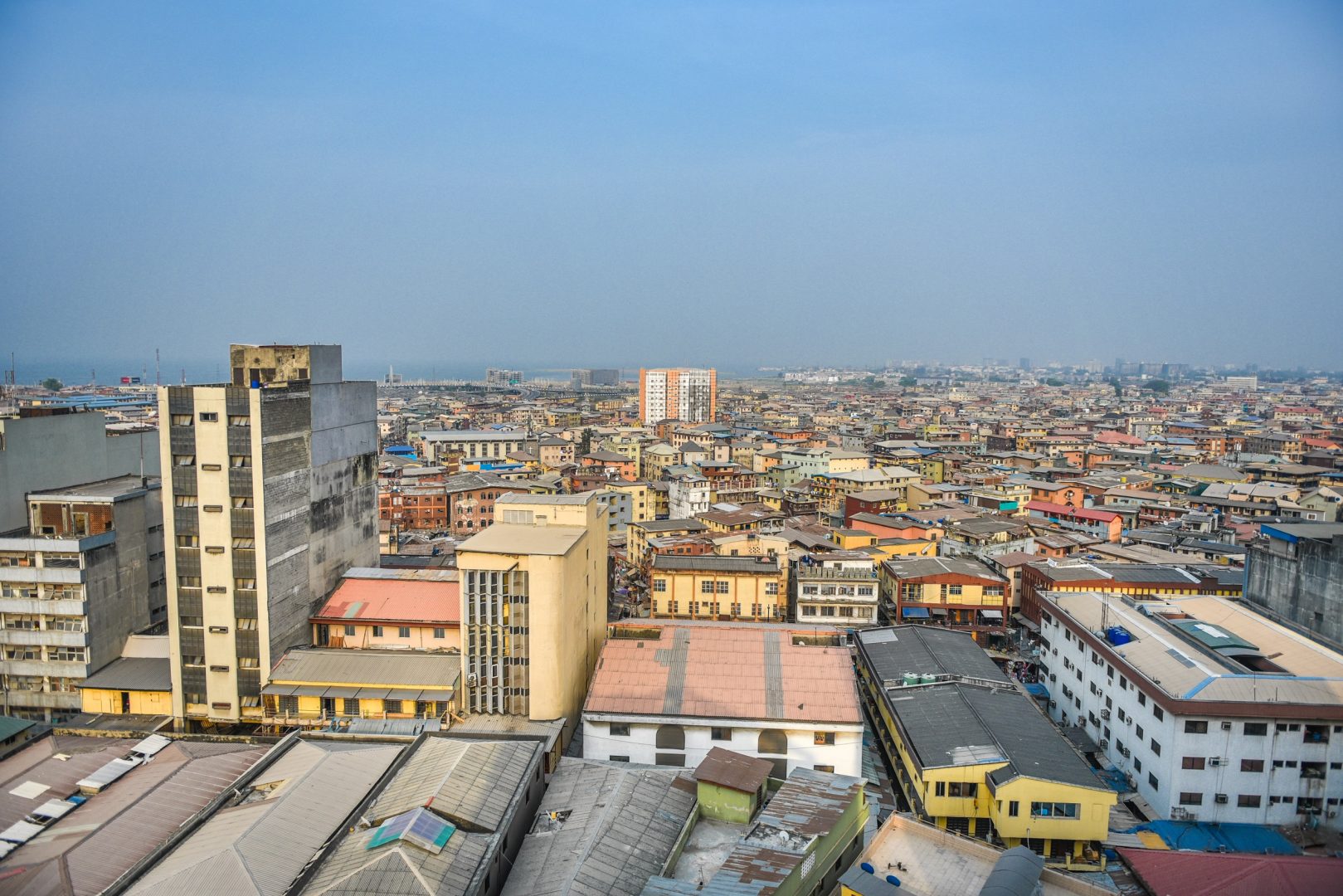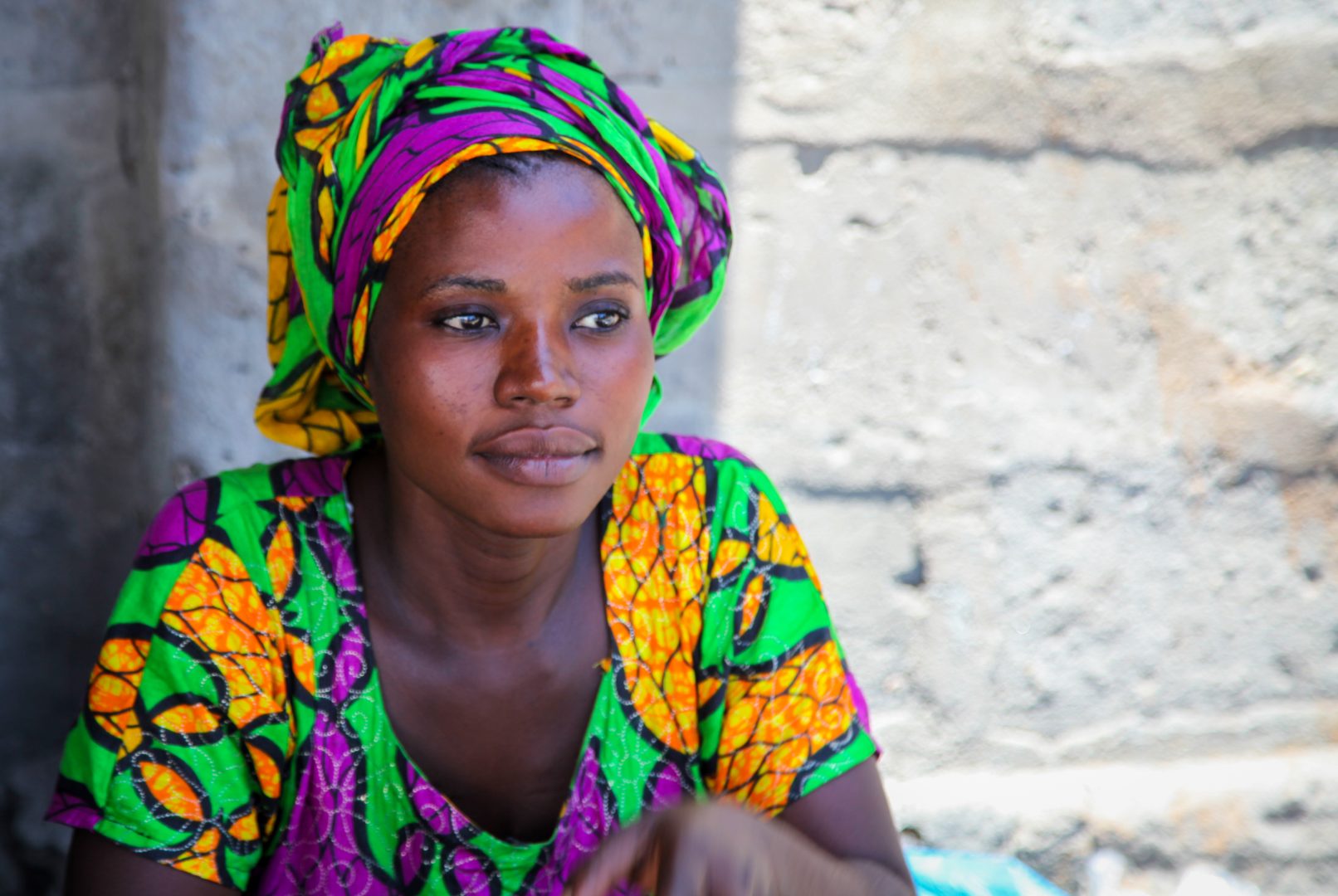Today I am prouder than ever to lead CDC. In these difficult circumstances we have ensured that people, both within the company and outside, have been at the heart of our response.
When I first approached our investees and the wider communities in the markets where we invest at the start of the pandemic, it was with a clear message that CDC was open for business. We knew that an economic emergency was unfolding and that we had an important role to play – both immediately in supporting companies to keep afloat and protect people’s jobs, as well as supporting them to build resilience for the long-term.
As the scale and impact of the pandemic became clear we worked quickly to focus our response on three areas – to preserve the viability of our current investees; to strengthen businesses by scaling up our response to the economic and health challenges of the crisis; and to support economies to rebuild. Six months down the line – with March feeling a long time in the past, yet an end to the pandemic’s impact still a long way in the future – I thought it was a good time to step back, and update on progress made so far.
Under the ‘Preserve’ pillar of our COVID response, our teams have been working with portfolio companies, supporting them through the challenges and uncertainty of the crisis. Early on, we introduced several changes to our investment process to speed up our response. This means we’ve been able to meet our investees’ immediate needs – as well as respond to the wider economic impact of COVID – as quickly as possible. We’ve found that most of our investee businesses have been incredibly resilient in the face of the crisis, but of course it’s still difficult to predict what the full impact of the pandemic will be, particularly as we now shift from an acute to a chronic challenge.
Back in March, our technical assistance facility, CDC Plus, stepped into action immediately, launching two facilities – one to support our investee businesses to adapt or scale-up to form part of the response to the pandemic, and the other to develop guidance for companies on how to respond to the crisis. To date the team has approved 47 technical assistance projects. These are providing supporting to a diverse range of businesses, for example, scaling up an Indian logistics company so it can deliver critical medical supplies to some of the most remote parts of the country.
Beyond working with our investees, under the ‘Strengthen’ pillar of our response, we’re supporting businesses to scale up their response to the economic and health challenges of the crisis. On the economic side, we’ve been providing liquidity to local banks to enable them to support their business customers, crucial at a time when commercial investors have withdrawn from the markets where we invest and particularly critical in countries where governments cannot afford bailout packages for affected businesses. A key part of this has been to ensure the continuation of trade, supporting supply chains, and in turn helping protect economies and livelihoods. And from our experience responding to the impact of Ebola in Sierra Leone, we know that the fastest and most effective way to provide support in a crisis situation is by working with our existing partners. Since the start of the pandemic, we’ve committed over $400 million of systemic liquidity, working with financial institutions we already have relationships with, to direct capital to where it is needed the most, quickly and accurately.
For example, in July we built on our existing partnership with pan-African bank Absa, providing $75 million of new capital, to enable the bank to continue supporting supply chains during the crisis. The facility is particularly innovative because it specifically incentivizes lenders to boost trade finance to some of Africa’s most vulnerable countries and in sectors that are critical to serving people’s basic needs during the crisis – food and agriculture and health.
I was also delighted to see MedAccess – a subsidiary of CDC that provides innovative social finance to enable life-changing medical supplies to reach people in Africa and Asia – respond rapidly to the pandemic. This has resulted in a guarantee of up to $50 million to support UNICEF to secure vital COVID-19 medical products.
But CDC has also provided support beyond finance. Since March we have worked closely with our colleagues from other European development finance institutions to align our responses and co-operate for greater impact – on areas ranging from our approach to certain sectors, for example infrastructure or financial institutions, to how to support the rebuilding of businesses and economies in a way that is more inclusive.
We also know that sharing knowledge as swiftly and widely as possible is key to any crisis response, especially one which arrives so quickly and with such wide-ranging and long-lasting consequences. Our teams have drawn on their expertise to produce bespoke advice and guidance to support businesses, investors and financial institutions as the situation has evolved, on issues ranging from job protection, to customer protection, to remote working.
As the crisis shifts to a longer-term challenge, there is still a long road to recovery. We’ve already begun to take action under the ‘Rebuild’ pillar of our response, approving over $250 million of new investments over recent months, and confirming our commitment to the countries where we invest. These investments will play a vital role at a time when commercial investors pull back, so that in the long-term, countries can mobilise capital. As Professor Rajesh Chandy from the London Business School said at our recent Annual Review event, “CDC is showing that things are possible…that we should invest now, when people are down.”
But there is more to do if we are to use this as a chance to support these businesses and economies to build back better. Over the next months, we’ll be building on what we have learnt through this period to ensure that in the long-term, we support businesses to recover and have a lasting, positive impact on people’s lives.



